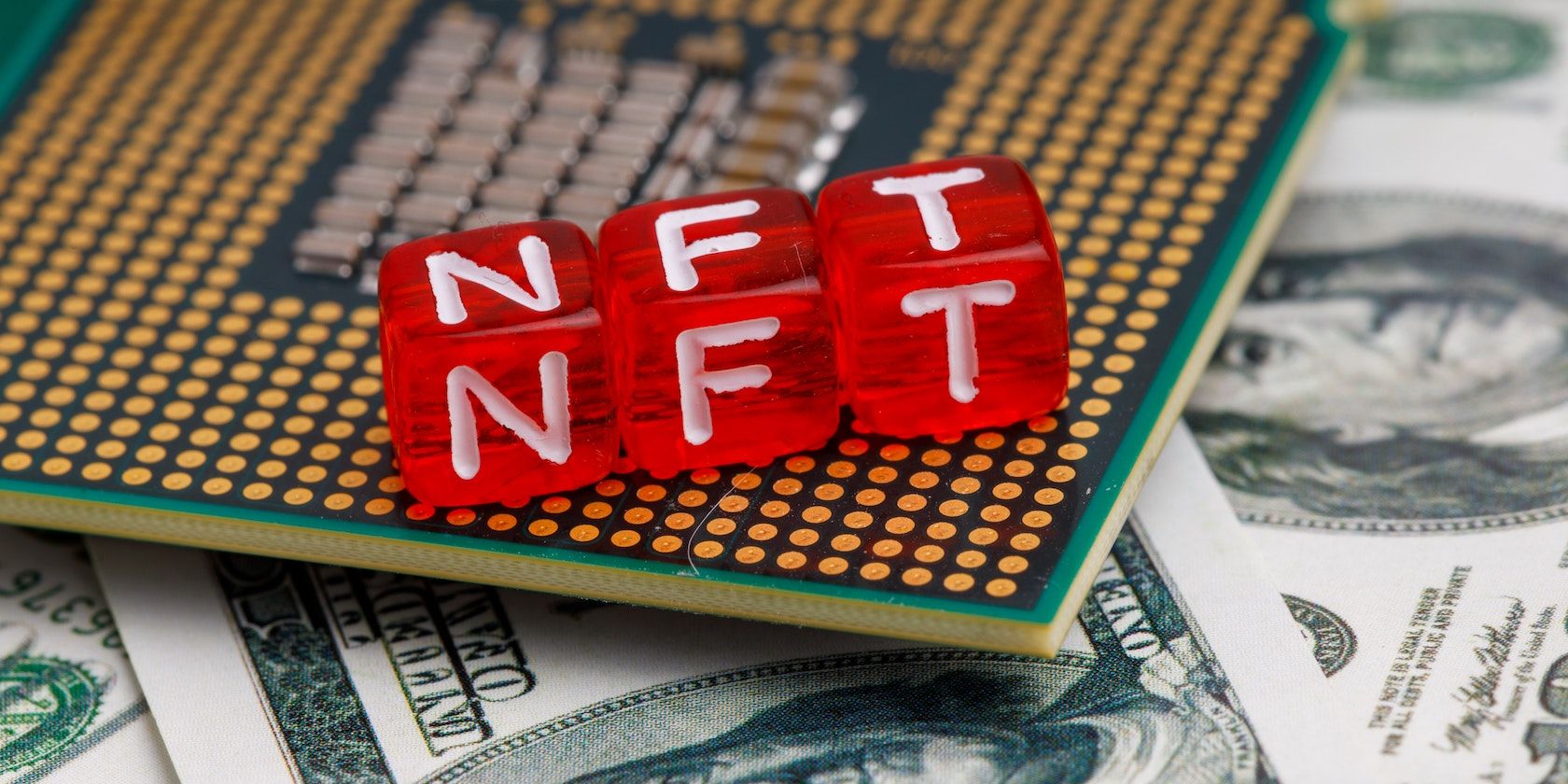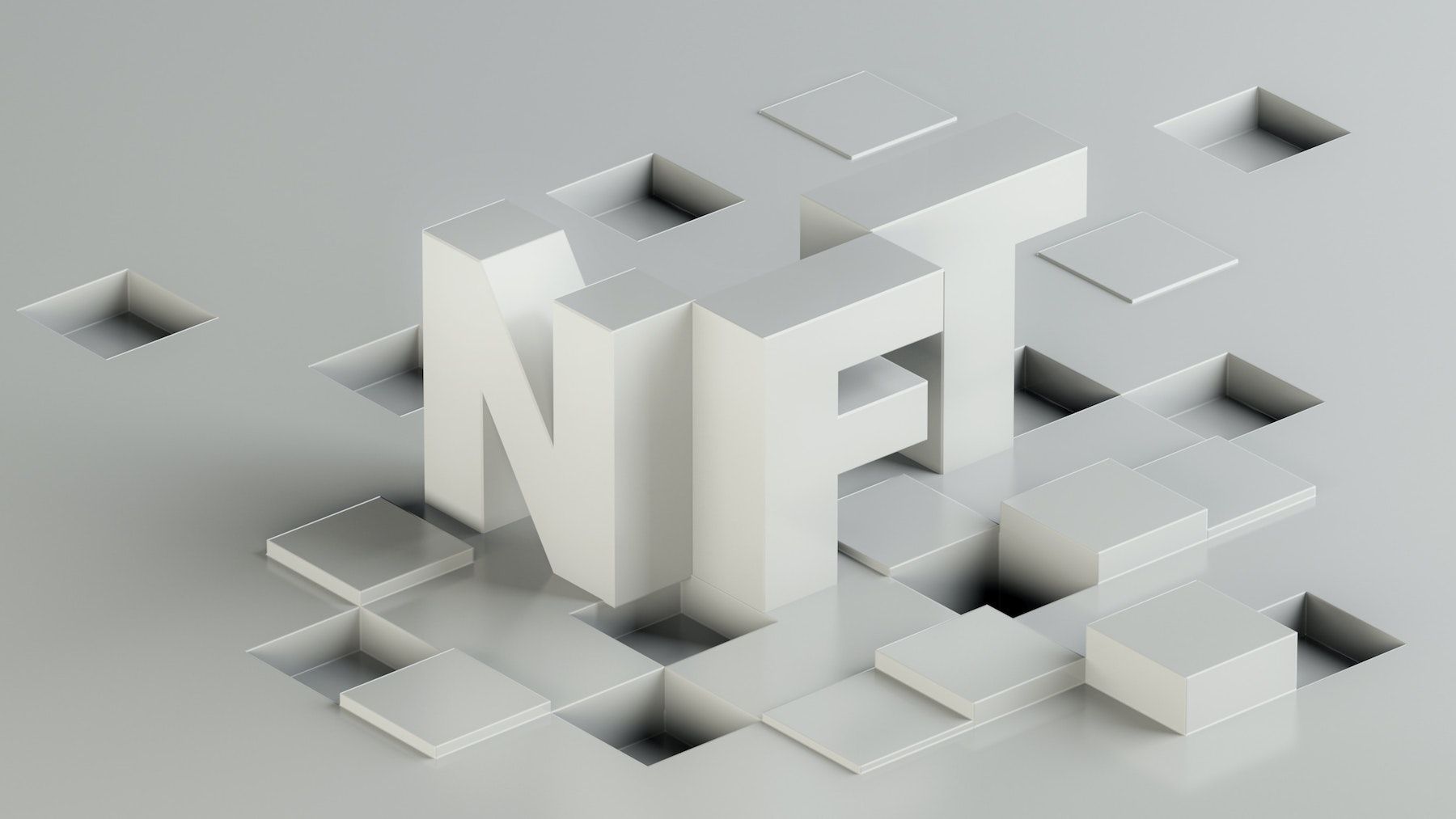While thoughts of NFTs generally conjure images of Bored Apes and 8-bit CryptoPunks, collectibles represent a small swathe of the non-fungible token market. As the age of the metaverse looms over us, we’re likely to see a greater emergence for utility tokens.
With this in mind, let’s take a closer look at what a utility NFTs is and the role they’re set to play in a future built on Web3.
What Are Utility NFTs?
We’re still in the early stages of realizing the full potential of non-fungible tokens, and utility NFTs are likely to play a key role in their further development throughout the decade. NFTs are cryptographically unique, which means they can carry more potential use cases than artworks or one-of-a-kind collectibles. This means that these tokens can become far more than an investment option and have the ability to alter how we work and play online.
In a nutshell, a utility NFT is a non-fungible token that carries an application that extends beyond the simple buying and holding of a digital asset. This is because they act as an immutable proof of ownership, recorded on a blockchain, a distributed digital ledger that offers unprecedented levels of security online.
When you own an NFT, you’re the unique holder of that token, and it can’t be shared or copied to others without a blockchain-based transaction taking place.
Technologically speaking, there is little difference between utility NFTs and traditional non-fungible tokens. Both are cryptographically represented as unique digital assets built onto a blockchain. The immutable and fully transparent nature of blockchain technology means that it’s easy for owners to prove that an NFT is stored in their Web3 wallet and that it doesn’t belong to anyone else.
This means that non-fungible tokens can excel at providing users with exclusive rewards, privileges, and ownership rights that can improve their online experience. They can also be used to create a seamless ticketing experience for both digital and physical events.
But this is just the tip of the iceberg when it comes to the use cases offered up by NFTs. Let’s explore how utility tokens can revolutionize how we operate online.
What Are Utility NFT Used For? X Uses
While we may still feel a little uneasy with NFTs, we may be more familiar with the concept behind utility tokens than we first think.
Today, when we buy tickets to an event or take a flight overseas, we’re used to seeing our tickets arrive in a digital format that can be stored in our smartphone wallets. Utility NFTs will one day mirror this level of convenience while being backed by highly secure technology that ensures that our tickets remain uniquely in our wallets at all times.
Let’s take a deeper look at some real-world use cases of utility NFTs and how they can revolutionize existing processes.
1. Event Ticketing
Whether these events are physical or based in the metaverse or are business-oriented or all-night raves, NFTs can be an excellent form of immutable ticketing to ensure ticket holders gain access without an issue.
We’re already seeing NFT ticketing in action, with Coachella’s Keys Collection using non-fungible tokens to grant holders lifetime VIP access to the event in an ongoing NFT membership scheme.
2. Enhancing the Gaming Experience
Non-fungible tokens have the potential to revolutionize the gaming landscape. Because of the traceability of blockchain transactions, game creators can accurately measure user activity to build a functional reward and incentive system.
NFTs, in this case, can be used as collectibles that are rewarded with prizes, tickets to virtual events, community engagement days, and even governance tokens and special offers in-game to bring more power to players.
We’re seeing more examples of utility NFTs rising in the world of gaming through platforms like Axie Infinity and Sorare, the latter of which has reimagined fantasy football by releasing NFT player trading cards that allow holders to win prizes based on their real-world performances. And with so many ways to make NFTs, there is effectively no barrier to entry.
3. Governance
Utility NFTs can empower holders to have a quantifiable say in the direction of a project or product and can help communities collaborate effectively over an endeavor through a token-based voting mechanism.
While this is similar in concept to how DAOs work, stakeholders can use NFTs as a token to have their say on key topics and to collaborate in overcoming challenges within the protocols that they believe in.
4. Exclusive Content
Non-fungible tokens can also change how paywalled and exclusive content operates online. By distributing exclusive NFTs to loyal customers, businesses can create a vibrant community in exclusive online spaces.
Exclusive content powered by NFT access can help businesses to create effective loyalty schemes, while it can also help to keep fans engaged in artists and performers.
5. Promotional Material
Exclusive content and ticketing can also enable users to access coupons and promotional material to keep recurring customers happy.
This format is similar to an NFT loyalty program and means that the holder’s NFT is akin to a key that can unlock personalized deals and offers. Having this content locked to token holders only means businesses can benefit from avoiding their exclusive codes being distributed online for everyone to take advantage of.
NFT Functionality for the Future
Even if you’re a little skeptical about NFT artworks and collectibles, it’s worth considering the utility behind some tokens as a separate entity to the furor surrounding the NFT craze of recent years.
Because these NFTs have a job to perform, they may present a different form of investment opportunity that can continue to benefit holders over time.
With the new frontier of Web3 on the horizon, we’ll likely see utility NFTs emerge as key players in the blockchain landscape, and both enterprises and owners alike will benefit from a greater level of engagement between holders and the causes, companies, and creators that they’re closest to.



